IAN in Cambodia
Simon Costanzo ·This blog is part of the Basin Report Card Initiative: a partnership between the World Wildlife Fund (WWF) and the University of Maryland Center for Environmental Science (UMCES)
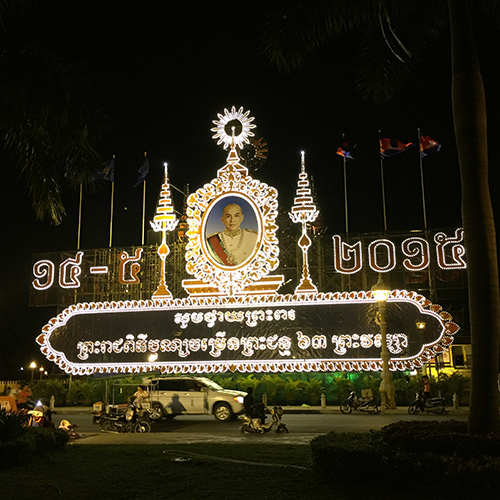
Wow, my travel adventures through our new partnership with WWF continue in 2015 with a trip to Cambodia in south-east Asia. My trip began with a 14-hour direct flight from Washington D.C. to Seoul, South Korea. We flew right over the arctic, so I was thrilled to see BIG icebergs out the window. I noted a distinct detour at the end (see my flight map below). From Seoul, there was a five-hour flight direct to Phnom Penh in Cambodia. Needless to say, I was glad to get off the plane.
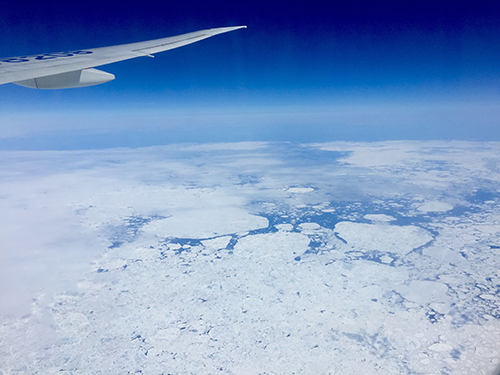
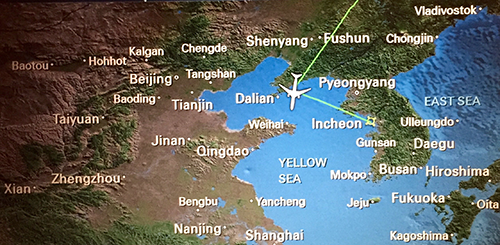
I really didn’t know what to expect of Cambodia, but found a relatively modern city that was less populated and much cleaner than many other Asian cities I have visited. Everyone was very friendly and most people I came in contact with could speak English. What did surprise me was my first visit to an ATM to get some cash out, as none of the foreign exchange stations at the airports had any local Cambodian currency. Instead of a stack of Cambodian Riel, the machine gave me back a “smaller” stack of US Dollars. In fact, the whole country operated as equally on US Dollars as it did on Cambodian Riel. Restaurant menus gave prices in both currencies, and even the local transportation “Tuk Tuk’s” were happy with the US Dollar. For two bucks, a tuk-tuk would take you anywhere in town. They were a very convenient means of transport.
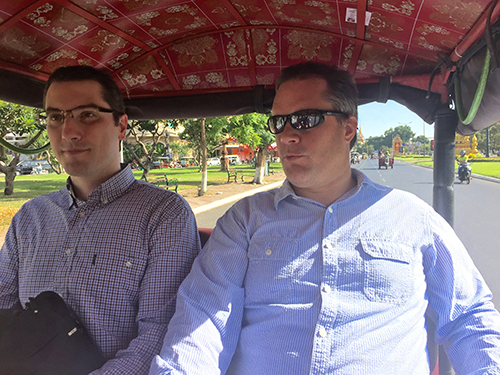
My visit was on invitation from WWF and the Luc Hoffmann Institute in Switzerland whom have a project called “Linked Indicators for Vital Ecosystem Services” or LIVES. It was interesting to hear about their work in Cambodia aiming to prepare the country for the significant issues posed by the construction of some 80+ dams in the Mekong River Basin. Cambodians rely heavily on fish as their source of protein, which will be severely impacted by dam construction, leading to food shortages in the coming decades. So the challenge going forward is training people to raise other sources of protein (e.g. pigs, chicken and/or cattle) as well as finding/clearing the land to raise these animals….or begin planning to import protein from elsewhere….whom in turn need to be notified so they can prepare for the future external protein demand....by clearing land etc. etc.. The ripple effects, pardon the pun, seemed to be endless….as with most things environmentally related.
The Mekong River is the world's 12th-longest river (4,350 km / 2,703 mi). It’s headwaters begin in the Tibetan Plateau and it spans China's Yunnan province, Myanmar, Laos, Thailand, Cambodia and Vietnam.

In parallel with this meeting, Sarah Freeman (WWF US), Louise Gallagher (Luc Hoffmann Institute), Andrea Bassi (KnowlEdge Srl), and I met with the Ministry of Environment to discuss a report card for the Mekong River. We outlined our approach at their offices and continued the discussion at the LIVES meeting where we began the first stages of report card development – identifying values of the Mekong River that need restoration and/or protection. It was clear that the report card approach could be a great tool for summarizing the work being done through the LIVES project over the coming years.
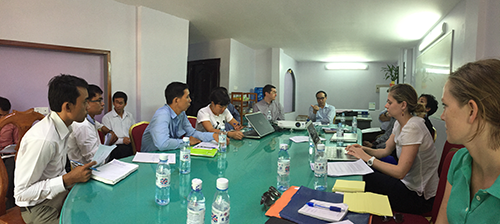
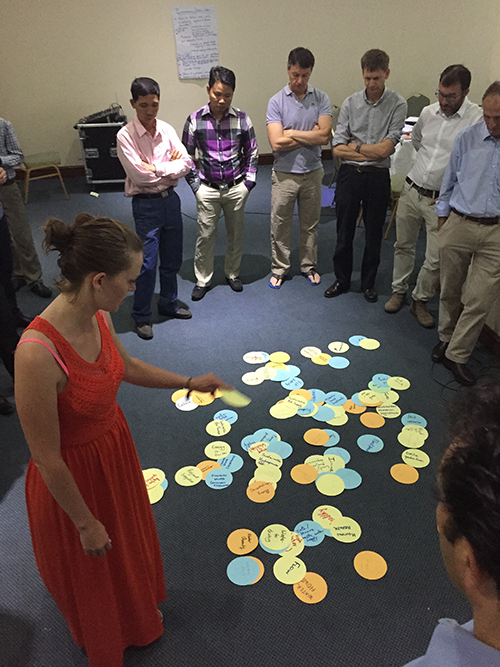
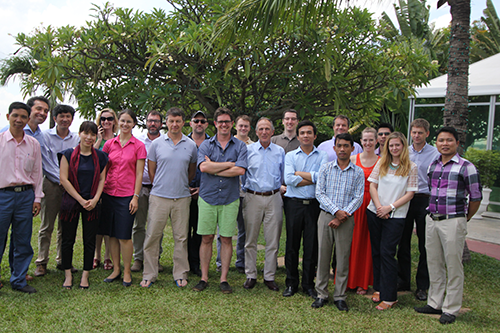
I was lucky enough to get some time to do a bit of sight-seeing while in Phnom Penh and got to see some nice things such as the Royal Palace; and some not so nice things such as the Genocide Museum, where Pol Pot’s Khmer Rouge interrogated, tortured and killed thousands of people suspected of all sorts of rarely true things, back in the late 1970’s. The former was great; the latter a somber reminder of how humans can do the most atrocious things to each other. Considering the outstanding hospitality and warm receptions I received from all the Cambodian people I met, it’s still hard to imagine the horrors that many of the remaining Cambodian’s over 40 experienced in their lifetime.
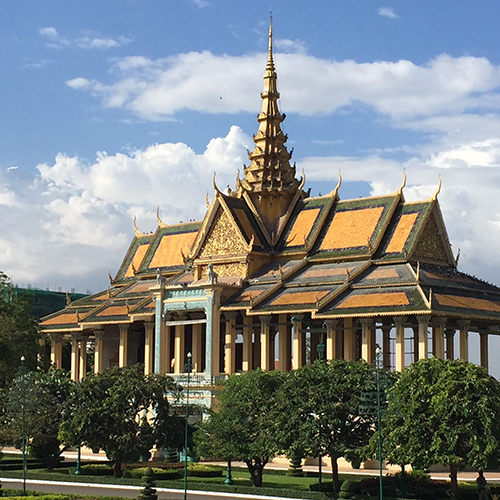
Here are five things I didn’t know about Cambodia before I arrived:
- Khmer is the name of the national language (I had only associated it with the Khmer Rouge).
- Phnom Penh has an award winning drinking water treatment and supply system.
- The Khmer Empire, beginning around 800 AD, dominated much of Southeast Asia for 600 years. The empire's center of power was Angkor was the largest pre-industrial city in the world.
- Cambodia became a protectorate of France in 1863, and gained independence in 1953.
- As part of the Vietnam War, U.S. planes dropped 500,000 tons of bombs on Cambodia, more than three times the amount dropped on Japan during World War II. Some theorize this contributed to the rise of the Khmer Rouge.
About the author
Simon Costanzo
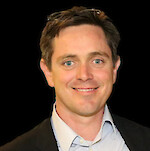
Dr. Simon Costanzo is a Science Integrator at the University of Maryland Center for Environmental Science in Cambridge MD. Simon’s career in environmental science over the past 20 years has been focused on developing and improving methods for the assessment, monitoring and management of aquatic, marine and terrestrial ecosystems. Simon has extensive experience in scientific data collection, synthesis, interpretation and communication. Simon’s career has provided a unique insight to a wide range of disciplines and stakeholder groups including government, academia and private industry. Dr. Costanzo obtained his academic training from University of Queensland in Australia (PhD).

